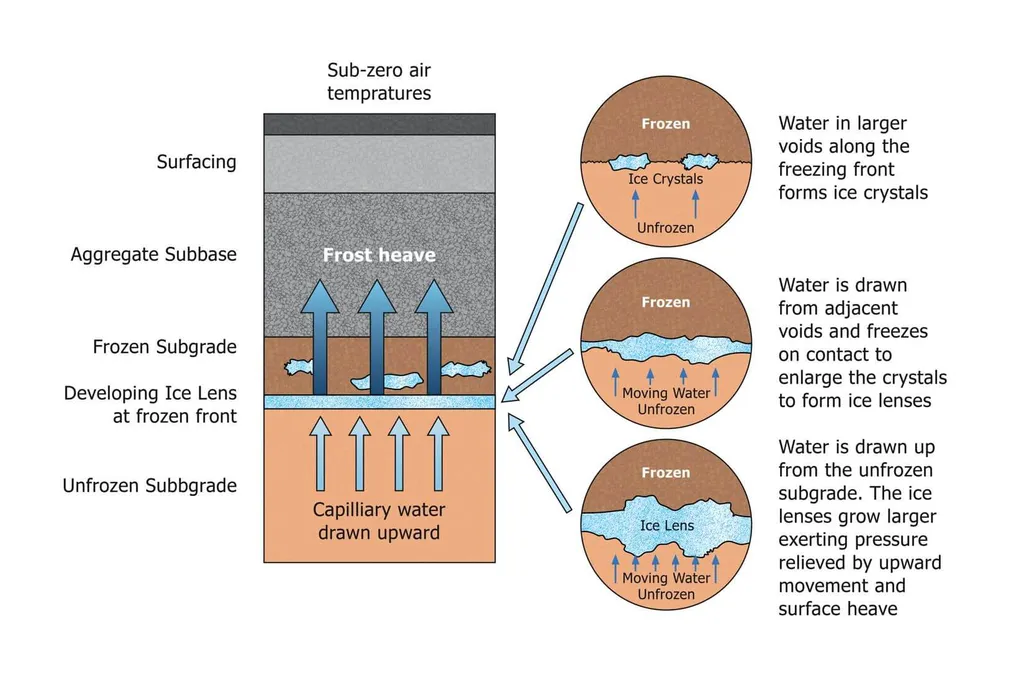In the quest for sustainable construction materials, foamed asphalt has emerged as a promising alternative to traditional hot-mixed asphalt, offering significant reductions in harmful emissions and energy consumption. However, the impact of water usage on its performance and aging characteristics has remained a topic of debate. A recent study published in *Case Studies in Construction Materials* (translated as *典型建筑材料案例研究*) sheds light on this very issue, providing valuable insights that could shape the future of foamed asphalt applications, particularly in freezing zones.
Led by Na Liu from the College of Construction Engineering at Jilin University and the School of Civil Engineering at Changchun Institute of Technology, the research investigates the aging characteristics of foamed asphalt under the coupling effect of salt, water, and temperature. Using advanced techniques like atomic force microscopy (AFM) and Fourier-transform infrared spectroscopy (FTIR), the team subjected foamed asphalt samples to repeated cycles of salt-freeze-thaw and dry-wet conditions.
The findings reveal a fascinating transformation in the microstructure of foamed asphalt. As the number of cycles increased, the material tended to ‘homogenise,’ with a decrease in roughness and an increase in modulus and adhesion. “The foamed asphalt’s modulus increased by nearly 40%, and its adhesion by around 14.5%,” Liu explains. “This indicates a hardening of the asphalt and an increase in asphaltene content, which are clear signs of aging.”
The study also highlights the role of chemical changes in this aging process. The aromatic and sulphoxide indexes of the foamed asphalt increased significantly, with the latter showing a strong correlation with macro-property indexes like needle penetration and softening point. “The sulphoxide indexes had a correlation coefficient of 0.74 with needle penetration and 0.73 with the softening point,” Liu notes. “This suggests that the chemical changes we observed are closely linked to the material’s physical properties.”
One of the most significant findings is the impact of excessive water consumption during the foaming process. The research shows that too much water can accelerate the deterioration of foamed asphalt, a crucial insight for commercial applications. As the construction industry increasingly turns to foamed asphalt for its environmental benefits, understanding and mitigating these aging effects will be key to ensuring the material’s longevity and performance.
The study provides a roadmap for further research, emphasizing the need to understand the aging process of foamed asphalt under the coupling effect of salt, water, and temperature. As Liu puts it, “Our results offer some guidance for the popularization and application of foamed asphalt mixtures in freezing zones. However, there’s still much to learn about this complex process.”
For the energy sector, these findings could have significant implications. Foamed asphalt’s reduced energy consumption and emissions make it an attractive option for sustainable construction. By addressing its aging characteristics, the industry can further enhance its viability and pave the way for broader adoption. As the world grapples with climate change and the need for sustainable practices, research like Liu’s offers a beacon of hope and a path forward.

